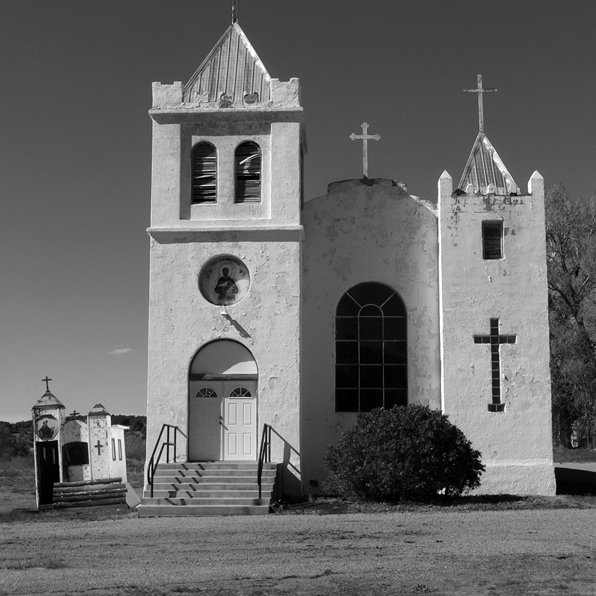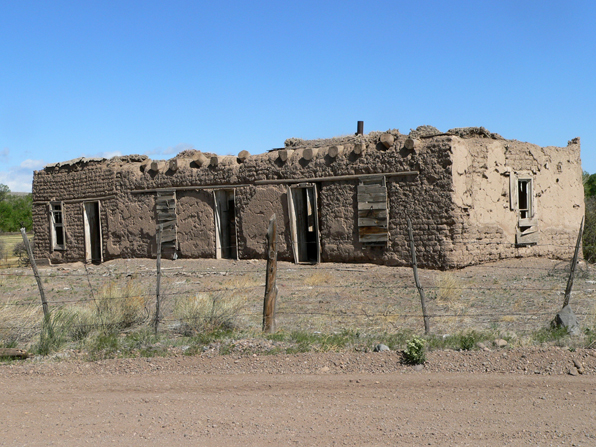Chapels of the San Luis Valley
For many years, I have been taking trips to the San Luis Valley in southern Colorado. This area feels very different from either the Front Range or the Western Slope and is marked by tiny settlements and the vase expanse of the wide valley. Of particular interest to me are the simple chapels and churches, dotted across the landscape, some lovingly cared for, others abandoned.


















